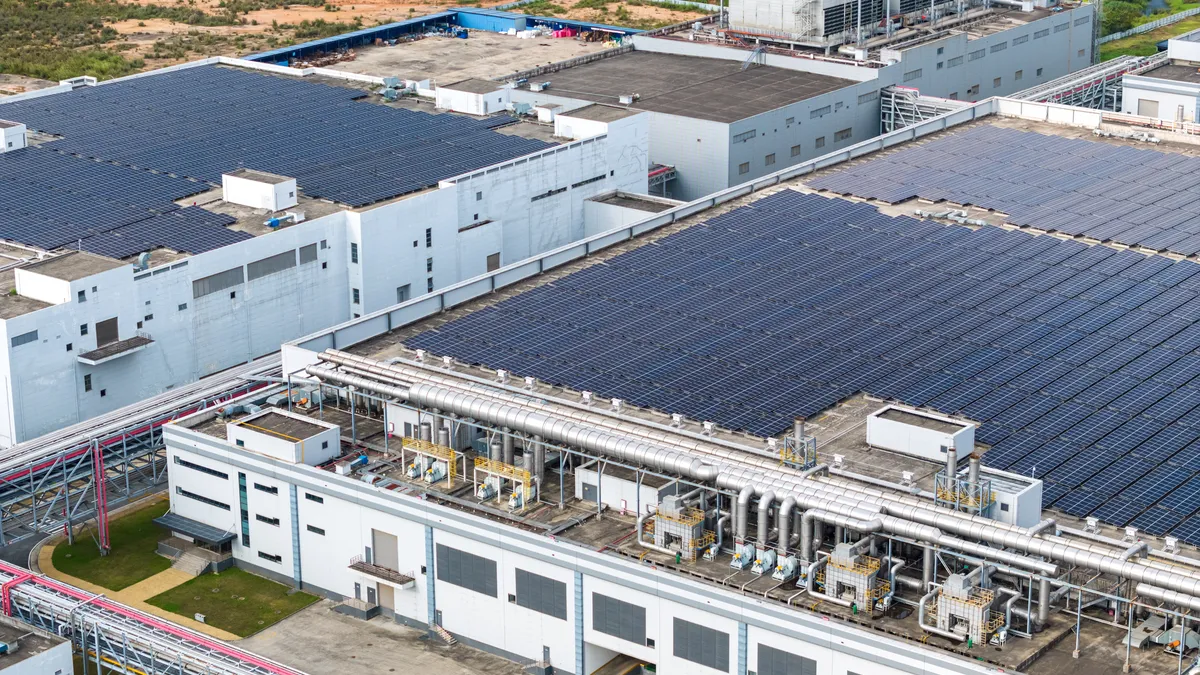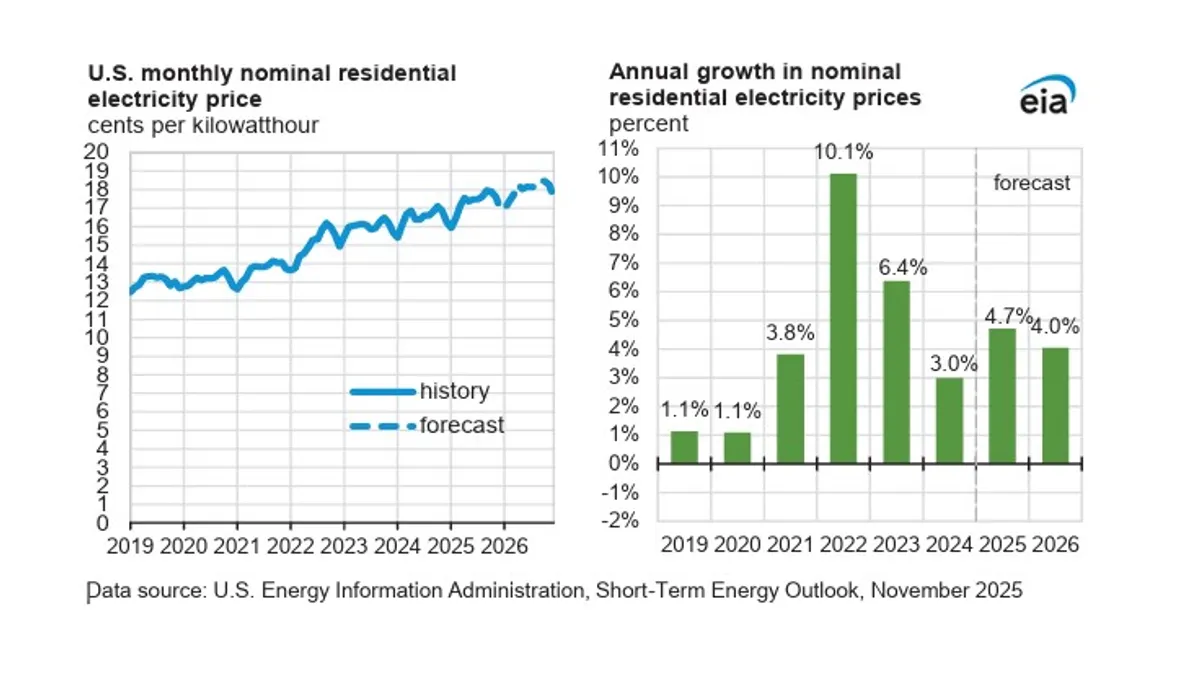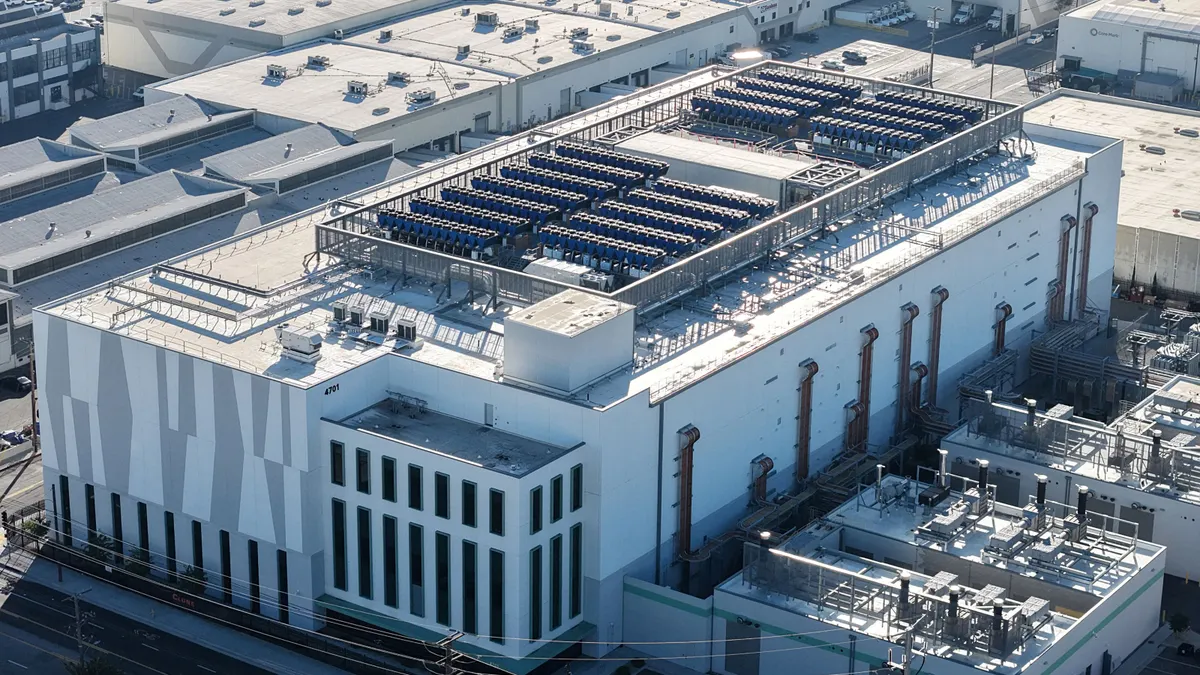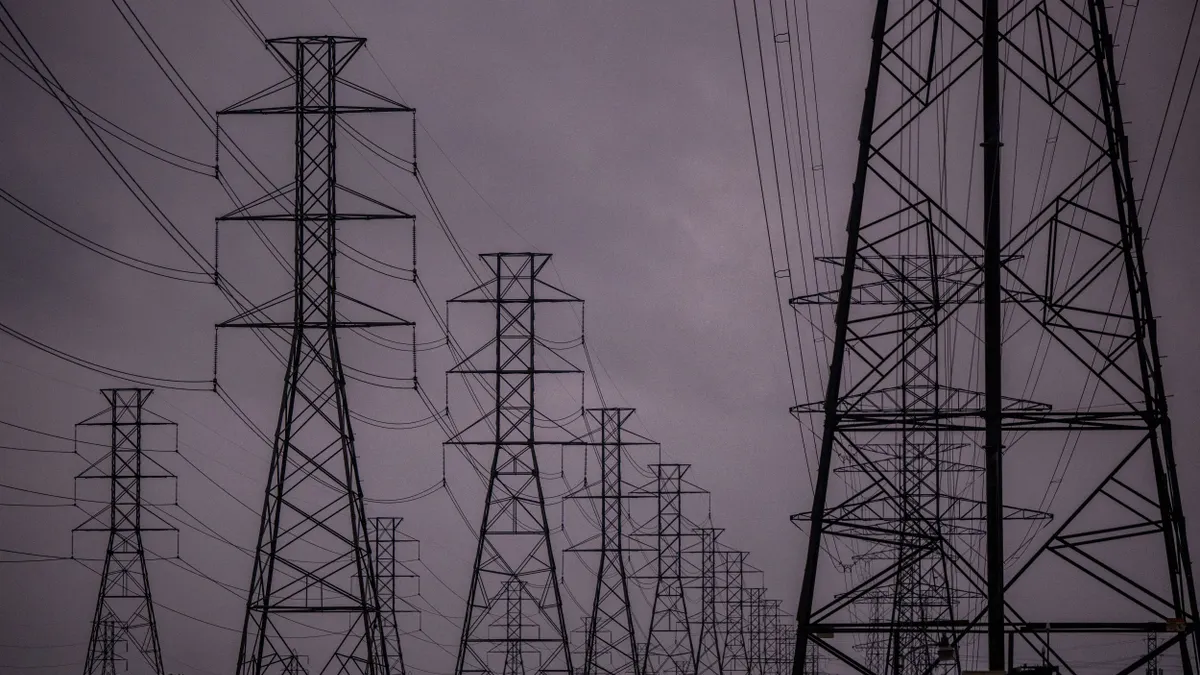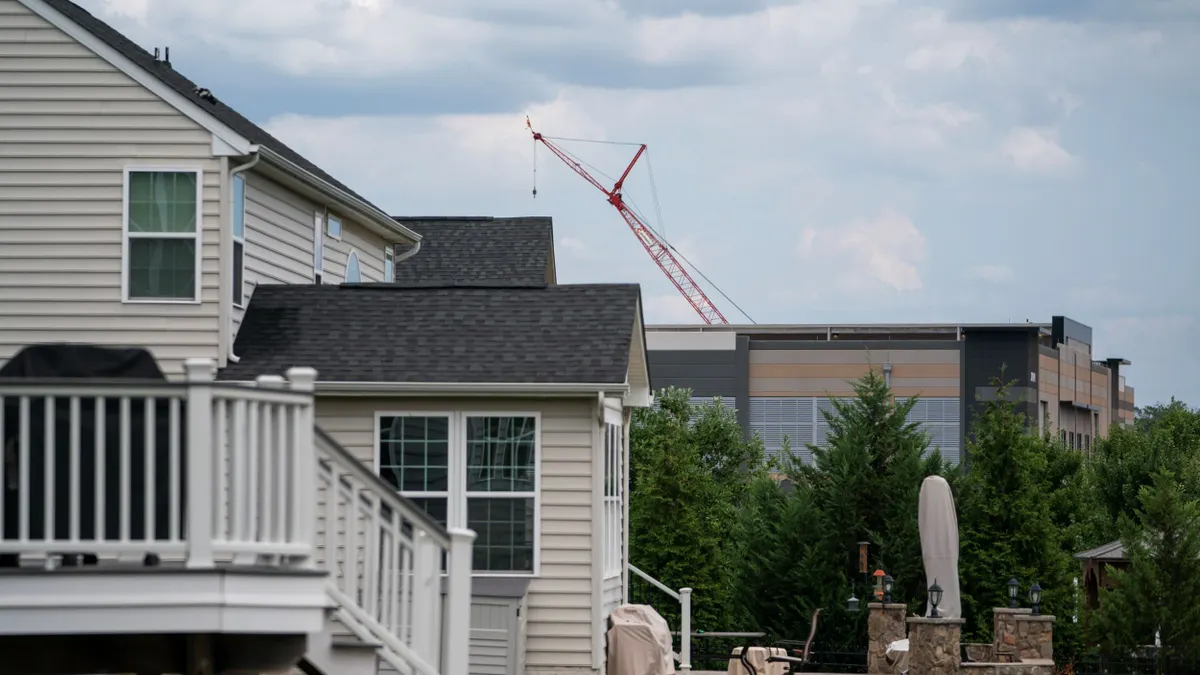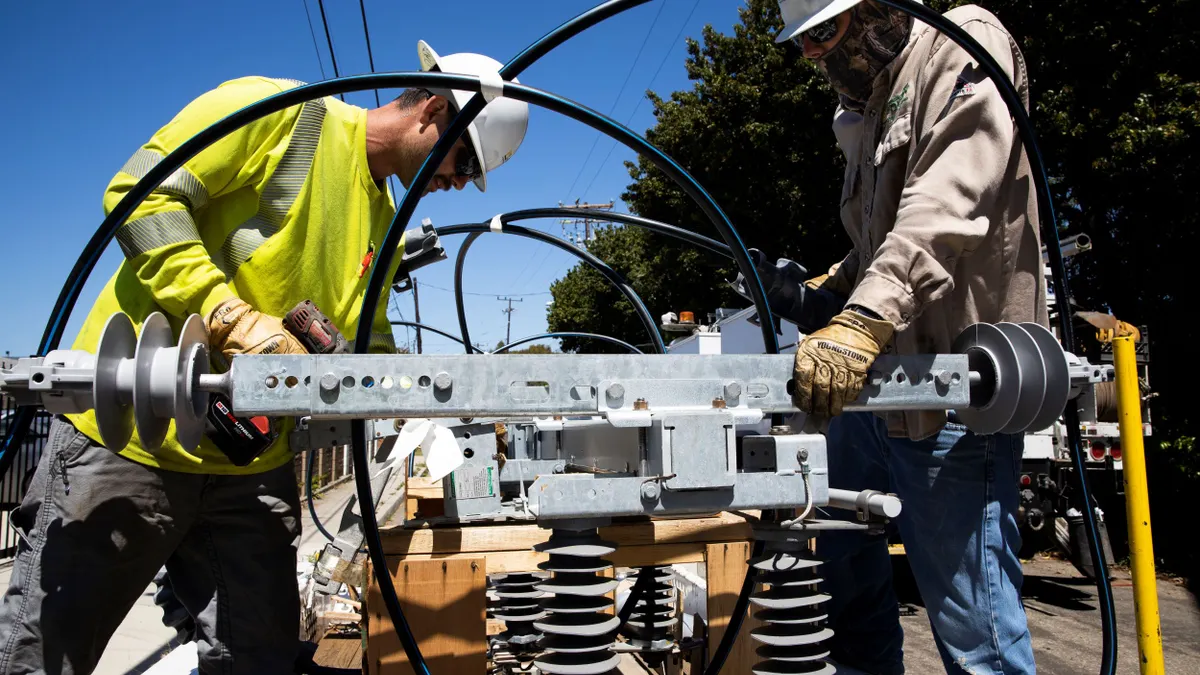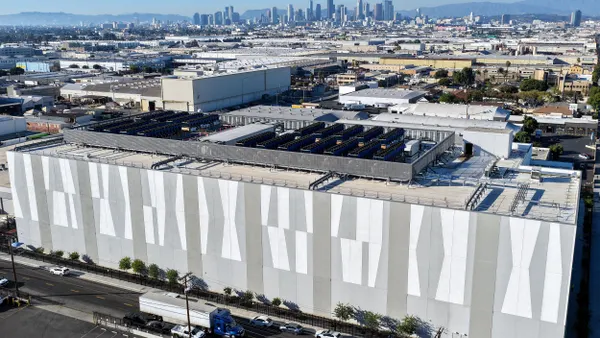James Richmond is CEO of e2Companies.
America’s digital age has an insatiable need for power — and that might just break us. The rapid adoption and proliferation of artificial intelligence amidst the age of electrification, combined with the rise of energy-intensive data centers, is driving a surge in power demand that the U.S. has never experienced.
The country’s electricity demand, which was stagnant for over a decade, is now forecast to jump nearly 16% by 2030, according to Utility Dive, requiring an additional 250 billion kWh of capacity to keep the lights on.
The gap between the power America has and the power it needs is growing. That’s bad news for American energy consumers and businesses, as the cost of electricity is being pushed to new highs. Electricity rates have increased dramatically, with residential power costs rising an average of 32% over the last decade. At the same time, the power grid has become less efficient, draining the capacity in America’s power pool. Up to 10% of all electricity generated is wasted due to inefficiencies, totaling 270 billion kWh to 370 billion kWh annually.
The ever-increasing flow of power is being transmitted over an aging system. America’s electrical grid, a marvel of engineering and innovation, is facing unprecedented challenges that cannot be easily remedied. The U.S. power grid is like an ailing bridge. As traffic increases beyond what the bridge was originally intended to support, its structure will crumble, resulting in destruction and chaos. Instead of fixing potholes on the roadbed, we need to address the actual design of the bridge.
We just witnessed this chaos in Spain and Portugal on April 28, when both countries lost nearly 60% of their power within seconds. This grid crash wasn’t caused by a cyberattack or a storm — it was the result of a structural gap in resilience, amplified by high renewable penetration and a lack of stabilizing base load power. In short, the grid couldn’t balance generation and demand in real time, leading to a cascading failure.
Without immediate attention and action, our grid is destined for the same failure. The good news is there are ways we can avoid this — modernizing our grid to drive efficiency and ensuring a sustainable and resilient energy future.
Many technologies exist to improve energy efficiency, but none would be more impactful and cost-effective than demand-side energy management systems. In short, we need to move power generation and energy monitoring much closer to where it is needed most: customers on the demand side. This increases flexibility and drives efficiency for the end-user.
Microgrids have tremendous ability to relieve strain from the grid, especially when combined with energy management platforms. A microgrid is a local energy system that can disconnect from the main power grid and operate independently. It combines behind-the-meter power sources like solar, batteries and generators. The combination of microgrids and energy management systems lower the risk of power failures, providing real-time visibility and cost savings.
If commercial customers used energy more efficiently and handled their own power fluctuations, the entire system could see a 25–35% boost in efficiency. This translates into savings for everyone.
By putting power sources on-site with continuous AI-powered monitoring, we can significantly reduce the need for costly grid upgrades. Why build giant power plants hundreds of miles away from end users and then invest in massive transmission lines to carry those loads? Moving the power sources to the demand side will save American rate payers hundreds of billions of dollars. It’s time to stop using the 100 years old playbook for the future design of the grid.
On site power generation through microgrids brings huge benefits and cost savings for operations managers:
- Instant power backup capability eliminates downtime;
- Peak demand shaving avoids utility demand charges;
- Microgrids act like a relief valve for the grid during peak demand by shifting the load to on-site resources;
- Microgrids improve power quality by handling demand surges, power spikes, and avoiding voltage drops to protect sensitive equipment; and,
- Microgrids also reduce emissions and support sustainability.
Quenching America’s thirst for power won’t be easy. As we prepare for the monumental growth of AI and data centers, we should all be concerned about the impact on the grid.
High-demand power users are motivated to build their own on-site power sources and microgrids, which will relieve major capacity strains on the grid. These systems represent a new bridge framework for the grid, where every truss is more resilient, and weight (load) is more evenly distributed across the overall design.
We need forward-thinking policies that incentivize demand-side innovation and smarter design. Utilities must work with large-scale customers to improve the overall network, or they’ll be forced into denying access to the power grid. We’re already seeing this with Florida Power & Light’s Commercial Demand Reduction program and the Interruptible Rate program from Duke Energy.
America’s power grid is facing its biggest challenge ever. Let us embrace the engineering mindset and innovative spirit that have always defined our country. Together, we can create an electrical grid that is stronger, more resilient and built to power a brighter future.


